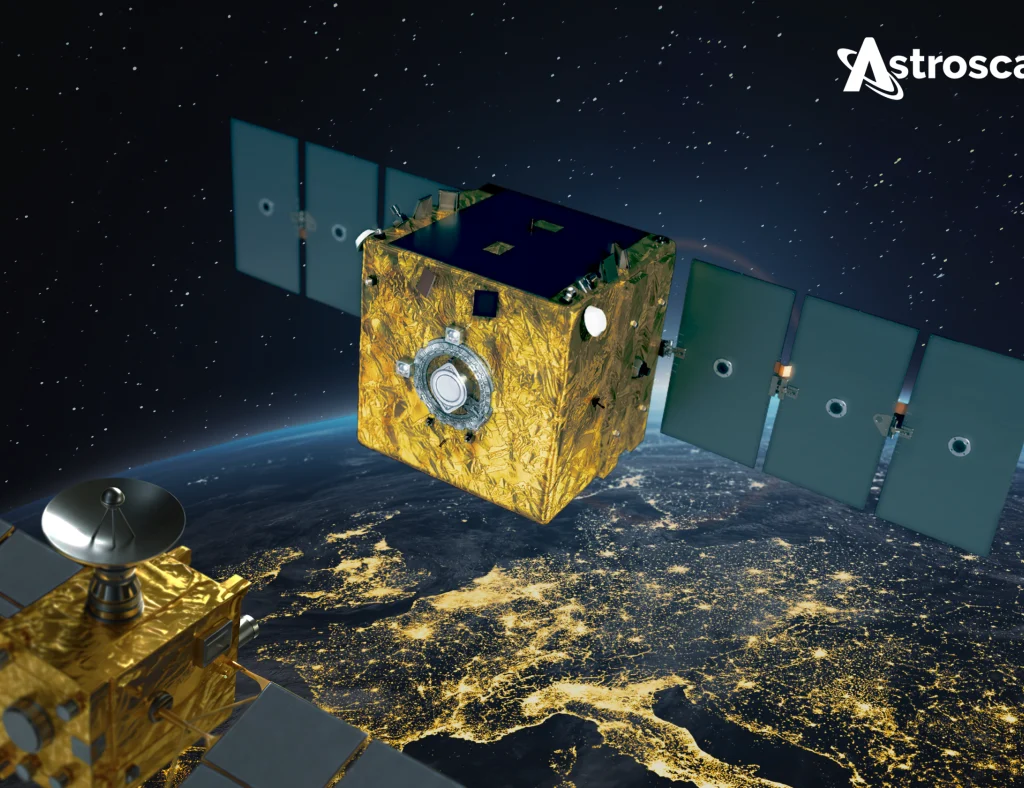Astroscale's British subsidiary has completed the critical design review (CDR) for its satellite servicer under the End-of-Life Services by Astroscale-Multiple (ELSA-M) program, the company said Tuesday. The milestone paves the way for the next phase of assembly, integration and testing, ahead of a mission to remove a defunct OneWeb broadband satellite from low Earth orbit (LEO) in 2025.
The 500-kilogram spacecraft, developed mostly with private funding and support from the UK Space Agency, will use a magnetic capture system to dock with a OneWeb satellite equipped with a matching interface. The satellite will then be steered into a controlled atmospheric reentry, where it will burn up safely.
“The completion of the CDR represents a significant step forward in delivering our first commercial debris removal mission,” Astroscale said in a statement. The design review was validated by Eutelsat, OneWeb's parent company, and the European Space Agency.
The mission was initially scheduled for 2024 but was delayed following Eutelsat's acquisition of OneWeb. It is seen as a precursor to a commercial debris removal service Astroscale hopes to deploy by the end of the decade.
ELSA-M builds on an earlier Astroscale mission from 2021 that demonstrated satellite rendezvous and capture in LEO. However, that trial was cut short after thruster issues prevented a planned de-orbit maneuver. The new servicer is designed to handle multiple satellite removals within a single mission.
Astroscale is also competing for a separate contract from the UK Space Agency to remove two satellites in the coming years, a program that includes rival bidder ClearSpace. The Swiss startup recently completed the second phase of the UK's Active Debris Removal (ADR) mission.
